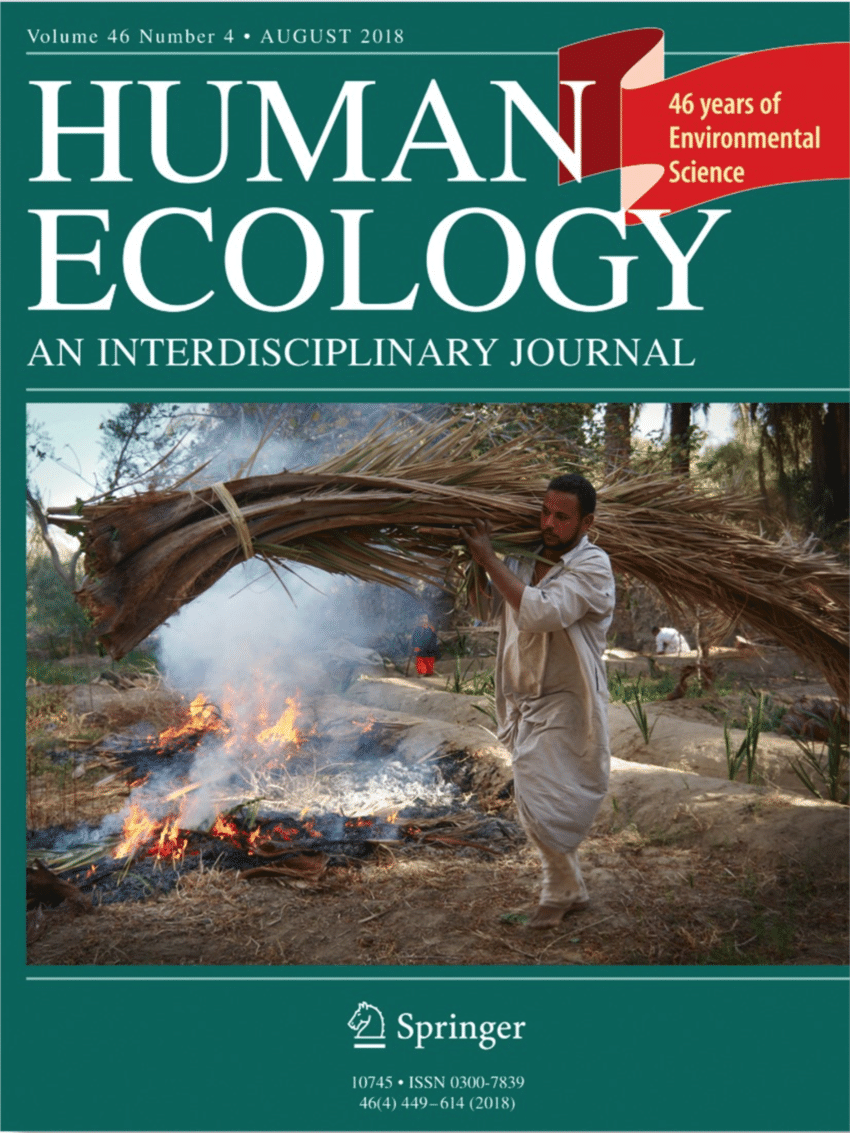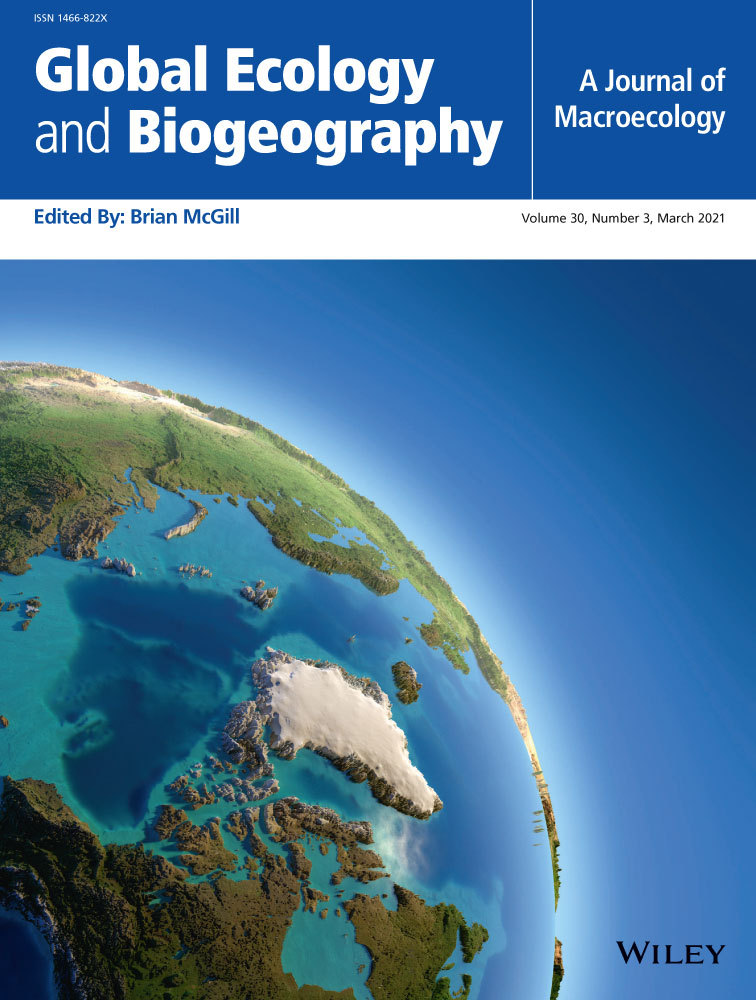Hunting wild animals for food and income, which is pervasive across tropical regions, drives biodiversity loss. Interventions to promote sustainable wild meat harvesting require information on hunter behavior. Here we monitored the hunting activities of 33 hunters in SE Nigeria over three years (1,106 hunter-months) to identify correlates of (a) the probability of initiating a hunting trip on any given day; (b) trip success – whether an animal was caught, and if so, how many; and (c) carcass price. We found a higher probability of initiating a trip during periods with bright moon phases and in peak agriculture season. Hunters were more likely to catch at least one animal when there was less rainfall and on shorter hunting trips. However, among successful trips, the number of animals caught increased with trip duration. Taken together, these results suggest hunters set themselves a minimum target of not returning empty-handed rather than optimally adjusting their hunting effort. Lastly, the carcass price per kilogram of a species’ meat increased with its palatability but decreased with mass, with the fall in price observed to be greater for rarely caught, smaller-bodied animals than more frequently caught animals. Our results provide deeper insights into the behavioral plasticity of wild meat hunters.
DOI:
https://doi.org/10.1007/s10745-025-00572-2
Pontuação Altmetric:
Dimensões Contagem de citações:


















